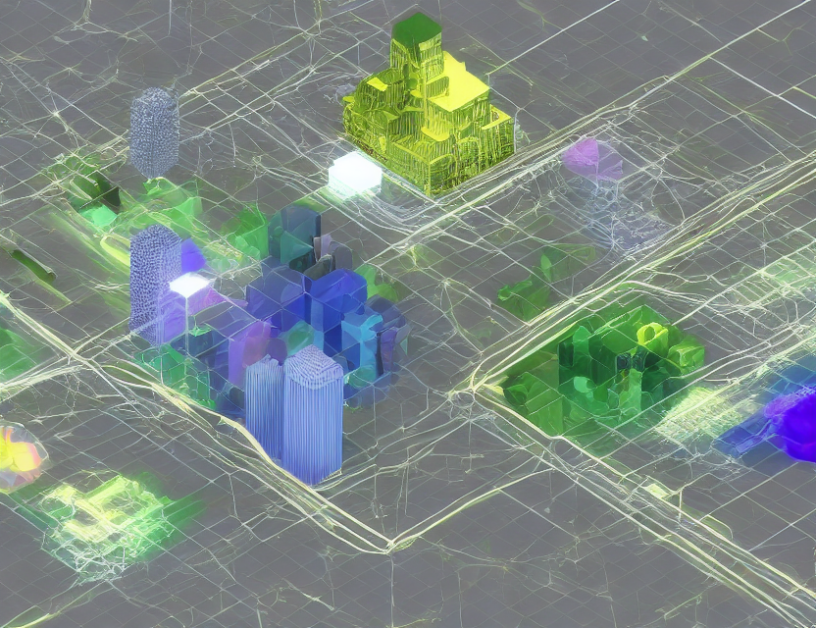Computing networks are like the nervous system of a body, enabling communication and data transfer between different devices and systems. However, these networks can only operate efficiently if they are equipped with the right tools and strategies to manage their resources effectively. In recent years, researchers have been exploring the concept of semantic communication, which involves transmitting information based on its meaning rather than its format. This approach has the potential to significantly improve transmission efficiency and reduce errors.
Semantic Analysis
To understand how semantic communication works, let’s break down the term "meaning" into smaller parts. Semantic analysis involves identifying the logical probability or age of information in a given context. In other words, it helps devices understand what information is most relevant or important in a particular situation. This process can be performed using various techniques, including machine learning and natural language processing.
Computing Networks
Computing networks are complex systems that consist of multiple layers, each with its unique set of resources and functions. These networks enable data transmission between devices, but their performance depends on various factors, such as network condition, storage capacity, and computing power. To optimize the end-to-end performance of these networks, it is crucial to allocate computing resources effectively among semantic sampling, coding, and reconstruction models.
Semantic Communication
Semantic communication is a novel approach that allows devices to transmit data based on its meaning rather than its format. This approach involves complex encoders and decoders that transform semantic samples into semantic symbols and vice versa. While these codecs can significantly improve transmission efficiency, they also come with high computational requirements, which can be challenging to manage on resource-constrained devices. However, by leveraging advanced cloud-edge-end computing strategies, these computational tasks can be distributed and managed efficiently.
Task Execution at the Receiver
The success of semantic communication depends on the specific task at hand. Different tasks require different types of semantics, and the receiver must allocate computing resources accordingly. For instance, while a language translation task may require more linguistic semantics, an image recognition task may require more visual semantics. By incorporating advanced machine learning models and natural language processing techniques, receivers can better understand the semantic context of a task and allocate computing resources more effectively.
Conclusion
In conclusion, semantic communication has the potential to revolutionize how data is transmitted and understood in computing networks. By leveraging advances in machine learning, natural language processing, and cloud-edge-end computing strategies, researchers can optimize the end-to-end performance of these networks and improve transmission efficiency significantly. As computing networks continue to evolve, it is essential to develop analytical theories with mathematical formulations that show the performance limits of these systems and provide insights into how they can be optimized. By doing so, we can create more efficient and effective computing networks that support a wide range of applications and services.



